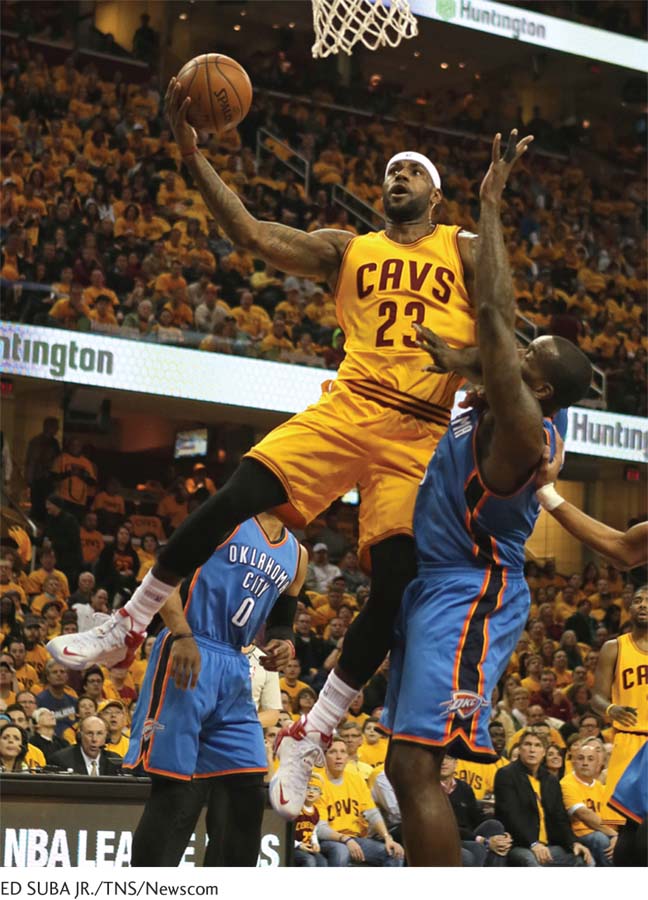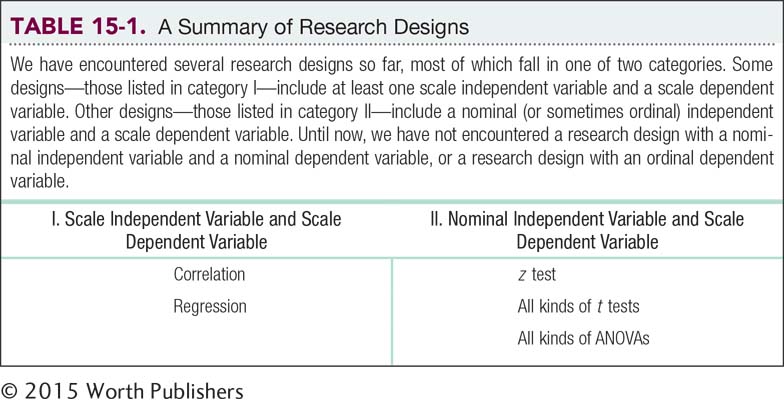Chapter 15 Introduction
CHAPTER 15
Nonparametric Tests
An Example of a Nonparametric Test
When to Use Nonparametric Tests
Chi-
Chi-
Cramér’s V, the Effect Size for Chi Square
Graphing Chi-
Relative Risk
When the Data Are Ordinal
The Spearman Rank-
The Mann–
BEFORE YOU GO ON
You should be able to differentiate between a parametric and a nonparametric hypothesis test (Chapter 7).
You should know the six steps of hypothesis testing (Chapter 7).
You should understand the concept of effect size (Chapter 8).
You should understand the concept of correlation (Chapters 1 and 13)
You should know when to use an independent-
samples t test (Chapter 10).

You can’t believe everything you think—
The title of an article by Voss, Federmeier, and Paller (2012), The Potato Chip Really Does Look Like Elvis! reminds us that the brain often tricks us into perceiving patterns that don’t exist. Statistical inference can help us see past our own perceptual biases, separate pattern from chance, and decide whether or not what we have perceived is real—
